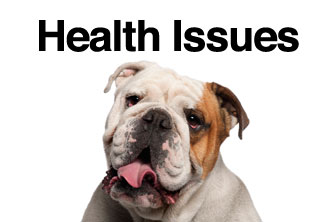Understanding Arthritis Part 3 – Osteoporosis
 OSTEOPOROSIS
OSTEOPOROSIS
Osteoporosis literally means ‘porous bones’. It is a condition in which bones become increasing thin and fragile over time. Osteoporosis can weaken the skeleton so much that the bones become compressible and spongy and it results in frequent fractures in the bones. In extreme cases even a small ‘bump’ can lead to fracture for example, sneezing can cause a rib fracture in someone with osteoporosis. The common sites for osteoporosis related fractures are wrist, spine, hips and ribs, although they can occur anywhere in the body.
Osteoporosis can be present without any symptoms for decades because osteoporosis doesn’t cause any symptoms until bone fractures. So what’s important is to identify the risk factors and take measures to avoid / minimize those as much as possible.
Females are at a greater risk for developing osteoporosis because they have 10-25% less bone mass in their skeleton, so women’s bones would become dangerously thin sooner than those of men. Another important factor that is the cause of increased osteoporosis in women is Menopause. Bone loss accelerates in women during the first five years after the onset of menopause. The reason behind this could be a drop in estrogen production by the body. Estrogen in our body improves calcium absorption from the diet and reduces the amount of calcium that the body excretes.
So people with a greater risk of developing osteoporosis are:
• White and Asian women which have a less bone mass than black women
• People with a family history of osteoporosis
• Early menopause (below 45years of age)
• History of anorexia
• Small, thin frame
• people on thyroid medication
• Corticosteroid drugs
Both thyroid medication and steroid drugs lead to an overall decreased bone density.
PREVENTION
• The mainstay of prevention of osteoporosis is building as much bone mass as possible during the younger years and then maintaining it as you age. A balanced diet, adequate calories, appropriate nutrients, especially diet rich in calcium and vitamin D are the foundation of bone tissue. Regular physical activity is beneficial for individuals of all ages. Randomized clinical trials and observational studies have shown that physical activity in earlier life leads to higher peak bone mass.
• Smoking reduces body estrogen levels and excessive tobacco use can lead to earlier menopause and more rapid post menopausal bone loss. So avoiding tobacco can be very beneficial for our bones.
• Surprisingly, depression and stress also lead to decreased bone mass. The underlying reasons are not clear but may be related to increased Cortisol levels seen in stress and this in turn causes increased bone resorption.
• Estrogen containing HRT is especially recommended for newly menopausal women as it can help prevent bone loss, but its use has to be weighed with the possible risks and side effects.
• Alendronate: this drug when taken regularly slows bone loss and in some cases has also shown to increase bone density.
• Calcitonin: the synthetic preparations of this naturally occurring hormone lead to an increased bone density.
• Intake to fluoride helps build bones

:max_bytes(150000):strip_icc()/GettyImages-91559747-1b0ca55daba34530bbe8a3b5991681c2.jpg)